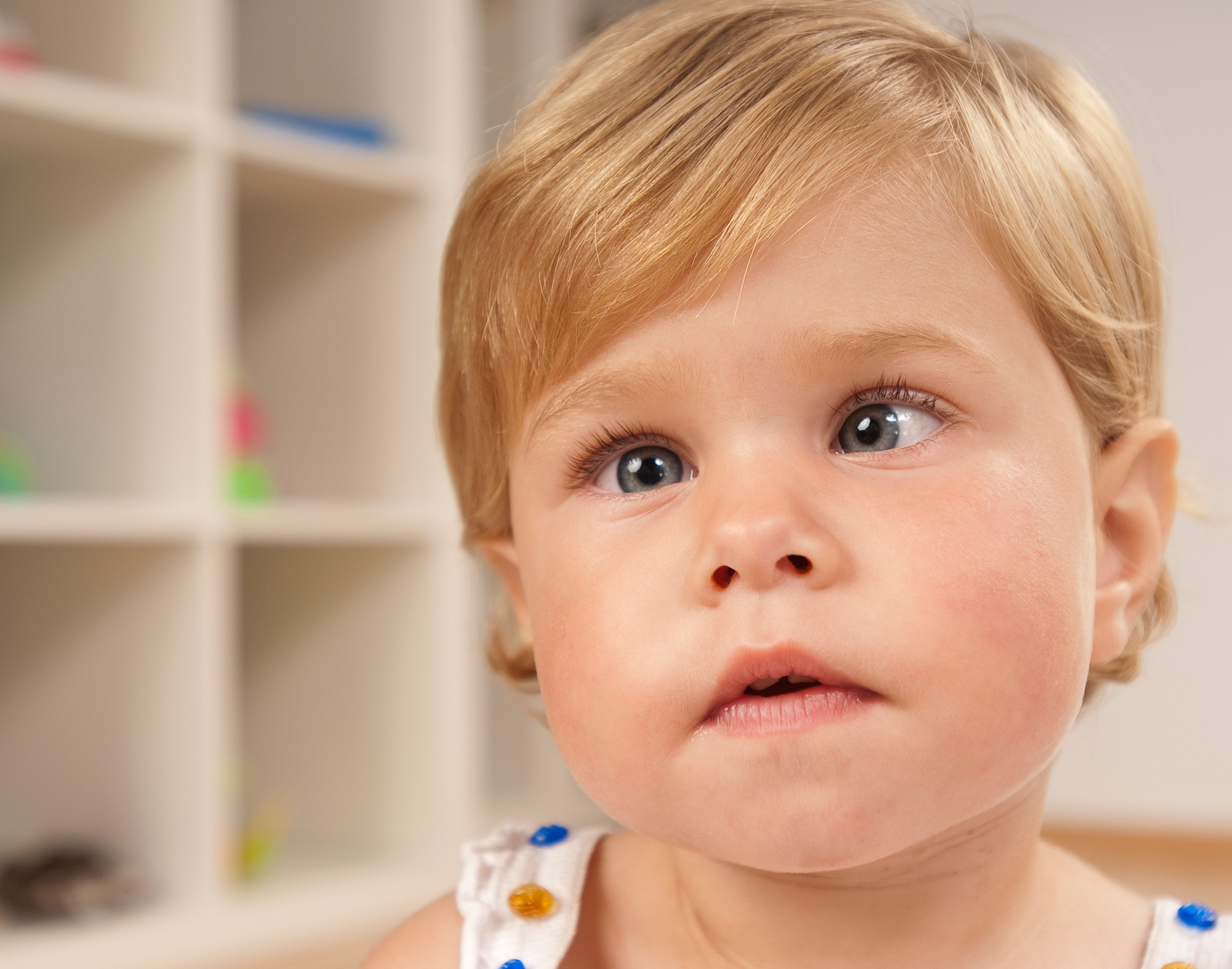Last Updated: March 11, 2023
What is amblyopia?
Amblyopia, commonly referred to as lazy eye, is reduced vision in one eye that is not immediately correctable as a result of abnormal visual development during childhood.1 In some cases, amblyopia can also affect both eyes.1 Regardless of whether it affects one or both eyes, amblyopia is preventable with early detection and timely treatment during childhood.1 Untreated amblyopia can lead to permanently reduced vision and blindness in the affected eye.1
It is estimated 2.4% of the North American population have amblyopia.2
What causes amblyopia?3
Amblyopia may result from several causes. Most frequently, it results from not correcting a glasses prescription or being crossed eyed (strabismus). For example, amblyopia may occur in the case of a child with a large difference in the prescription between the two eyes. Not correcting for this difference in prescription with glasses will cause the eye with less prescription to detect all the visual information to be sent to the brain, while the eye with more prescription will see blurry and the brain will ignore the information coming from the affected eye. Over time, the connect between the affected eye and the brain weakens resulting in amblyopia in that eye. This lack of connection from the eye to the brain is why glasses alone cannot correct the problem immediately. Similarly, in the case of a child with crossed eye, the eye that is looking straight will relay all the visual information to the brain while the eye that is crossed will be ignored and develop amblyopia.
Other less common causes of amblyopia include congenital cataracts, corneal injures, corneal dystrophies, and other forms of visual deprivation, which all result from one or both eyes not receiving enough visual information leading to a poor connection to the brain.
Is the amblyopic eye blind?1
With early detection and treatment during childhood, the amblyopic eye does not generally result in blindness. The amblyopic eye sees an image, but not clearly. If left untreated, the amblyopic eye may result in permanently reduced vision and even blindness.
How is amblyopia diagnosed?
Routine eye exams are the best way to screen for amblyopia. Early detection and timely treatment will provide the greatest chance for a complete recovery. For children the following timeline is recommended for eye exams:
- First eye exam when the infants is 6-9 months old
- Second eye exam when the child is 2-5 years old
- Yearly eye exams when the child is school aged from 6-19 years old
What are the signs and symptoms of amblyopia?4
Amblyopia commonly affects one eye and has no visible signs or symptoms. When one eye is affected, the other unaffected eye usually has reasonably good vision and compensates by taking over all visual tasks. Unless the unaffected eye is intentionally covered, the individual will rarely notice the poor vision in the affected amblyopic eye. Therefore, children with amblyopia may not realize they cannot see properly. Routine eye exams are crucial in the detection of amblyopia in children. Other times, amblyopia may accompany obvious signs such as a turned eye, closing or squinting of one eye, persistent head tilt/turn, or poor depth perception.
How is amblyopia treated?5
When amblyopia is diagnosed, the optometrist will recommend the best course of treatment depending on the specific case. The first line of treatment is to resolve the root cause of the amblyopia.
- In the case of uncorrected refractive error causing amblyopia, glasses are given as the treatment to allow the amblyopic eye to gain the most optimal vision. In addition, occlusion therapy may to implemented to strengthen the amblyopic eye. Occlusion therapy is achieved by patching the good eye to forcing the brain to use the amblyopic eye.
- In the case of strabismus (crossed-eye) causing amblyopia, glasses may be given to help align the eyes. In some cases, vision therapy and surgery may be required to align the eyes.
- In the case of congenital cataracts causing amblyopia, the cataract is remove with surgery to allow the affected eye to receive proper visual stimulus.
Other treatment options include the use of atropine eye drops, fogging, anti-suppression training, perceptual learning, and other vision therapy treatments. When detected and treated before the age of 8, amblyopia will often resolve completely as it is a preventable condition.6 With increasing age, amblyopia becomes increasingly difficulty to treat.6 However, there is increasing research evidence suggesting promising prospect in the treatment of adult amblyopia.6
References
- Daw NW. Critical periods and amblyopia. Arch Ophthalmol. 1998;116:502-505.
- Fu Z et al. Global prevalence of amblyopia and disease burden projections through 2040: a systematic review and meta-analysis. Br J Ophthalmol. 2020:1164-1170.
- Holmes Jonathan et al. Amblyopia. Lancet. 2006;367:1343-1351.
- Powell C et al. Vision screening for amblyopia in childhood. Cochrane Database Syst Rev 3. 2009.
- Williams C. Amblyopia. Clin. 2009;9(709):1-16.
- Nensch TK et al. Critical periods in amblyopia. Vis Neurosci. 2018;35:E024.
